
Why Vice is Building an OnlyFans Community
News Roundup #14: Twitter acquires Breaker, Clubhouse announces a Creator Pilot Program, Substack’s SEO issues and more
January 6, 2021
Welcome to Issue #14 of the Means of Creation weekly news roundup where we break down the latest news on the passion economy, including the happenings related to platforms, creators, startups, and trends.
Happy New Year!
Happy new year everyone! After a couple weeks off, we’re excited to share the first issue of 2021!
As for the Means of Creation Show — you can revisit previous episodes on Apple Podcasts, Spotify, Overcast, Breaker or wherever you listen to podcasts, or in video format on the Means of Creation YouTube Channel. Past guests include Chris Messina, Nadia Eghbal, Courtland Allen, Eugene Wei, and many others.
Vice Media is Building an OnlyFans Community
What Happened?
- Vice Media is building an OnlyFans community around it’s food vertical Munchies. Subscribers will get access to exclusive ‘homemade food related content’ including recipes and behind-the-scenes footage.
- Vice, which primarily runs on an ad-supported business model, has priced memberships to the community at $4.99 a month.
👧 Li’s Take:
- It seems like Vice is using OnlyFans as a more video-centric alternative to Substack, to create a subscription offering for premium content.
- The article cites interesting reasoning: “After exploring the platform and talking to other creators, we found that the opportunity to connect with fans on a more intimate level that comes with an OnlyFans page aligned with how we see our engagement strategy evolving.”
- Fostering and monetizing a more intimate connection with fans is something many OnlyFans creators echo as a driver for the success of the platform—OnlyFans offers a private DM feature and enables creators to monetize certain messages. The ethos behind this is, in a way, antithetical to being a mass-media company. I’ll be interested to see how Vice plans to leverage private messages with subscribers.
👦 Nathan’s Take
- For Vice, I think this partnership is more of a marketing stunt rather than a potential significant source of revenue since it doesn’t fit their ad-centric business model. They are really just an ad agency for brands targeting an edgier, younger demographic.
- For OnlyFans, it helps them accomplish their goal of building out more verticals besides adult content. Vice is a big brand that will invest resources into expanding content types on OnlyFans.
- If you think about it, OnlyFans is using Vice to portray legitimacy, while Vice is using only-fans to portray edginess and seem progressive. It’s closer to a brand partnership than acting as a source of revenue.
Twitter Acquires Breaker
What Happened?
- Yesterday, Twitter announced its acquisition of podcasting platform Breaker for an undisclosed amount.
- The Breaker team will be retained to help build Twitter’s audio-based social networking product ‘Twitter Spaces’. We did an interview with them a few months ago.
👧 Li’s Take:
- OMG! Firstly, Breaker is shutting down on 1/15 - this is quite devastating. I’ve written quite a bit about podcast discovery before, including factors that make it challenging. Podcasts contain a lot of information that’s all locked in a single, long episode, and users have to invest a ton of time listening to them (often only to find that they didn’t get much out of it). Approaches toward better podcast discovery have been aimed at sharing short snippets, doing in-episode search, and—for Breaker and others—leveraging social signals (i.e. what friends are listening to). I’m not entirely sure what the right approach is, but the shutdown of Breaker means one less player in the podcast discovery space.
- On Twitter Spaces, it’ll be interesting to see if audio discovery will be a component of what the Breaker team works on. Given that there’s 300m+ Twitter users, vs. Clubhouse’s 600K, broader rollout of Spaces means there’s going to be a proliferation of audio rooms that can quickly be overwhelming and challenging to navigate.
👦 Nathan’s Take
- Before Breaker launched, I got excited about a social podcast app where we could see an algorithmically sorted feed of what friends and influential people are listening to. I even wrote a post about it. After I published it, I got a DM from my friend Erik who said he wanted to work on this. I later became one of the beta users of Breaker and have been a huge fan ever since.
- I’m sad to see the product go, but I’m happy that they got an exit and will be working on something that will reach a ton of people at Twitter.
- It's an interesting puzzle why this app didn’t take off more. A lot of people really loved it and they were truly pursuing something unique in the space, which is rare. It’s just really hard to build a podcast app, and it’s really hard to build social discovery, and it’s even harder to do those things at the same time.
- Maybe my assumptions (in my post) about how valuable discovery could be based on what your friends are listening to may have been off. If we look at other content types, like video, social features haven’t really been added. Everyone has a Netflix account -- they could probably add social features if they wanted. But it’s just hard.
- This one is worth puzzling over more.
Clubhouse Launches a Creator Pilot Program
What Happened?
- Clubhouse is testing an invite-only “Creator Pilot Program” for its top 40 creators. The promised benefits include regular meetings with the founders and early access to special tools made for power users.
- The platform, centered around pop-up audio chat rooms, has 600,000 registered users and is valued at $100 million after a funding round led by Andreessen Horowitz in May.
👧 Li’s Take:
- I love seeing Clubhouse (and any platform) prioritizing and recognizing creators. It’s happening early on in its lifecycle, too: Clubhouse only launched earlier in 2020, and the fact that its Creator Pilot Program is already underway suggests a growing recognition in the broader tech ecosystem that on any UGC platform, creators are the originators of the value that draws users and keeps them engaged. If creators are happy on the platform, the audience members will join too. Contrast Clubhouse’s approach vs. the fate of Vine, wherein the company and its creators failed to reach an agreement on features & compensation in fall 2015, leading to the exodus of creators and the demise of the platform.
- It’s also interesting to see this in the broader evolution of Clubhouse: in the early days, there wasn’t a distinction between ‘creators’ and ‘audience’ on the app because basically everyone talked! But over time, as the platform scaled, there’s definitely been the emergence of regular creators/hosts that others tuned into frequently (usually on mute), and these creators have started requesting specialized tools to help them create content & compensation.
- Putting my creator hat on, I question Clubhouse’s efficacy for building one’s creator brand: given the platform is ephemeral, every time you broadcast, you effectively start from scratch. There’s no asset you’re building (besides followers on the platform) that compound and grow and can be shared over time.
👦 Nathan’s Take
- I agree with Li. Clubhouse’s strategy indicates a bigger shift where social networks connecting users have become two sided marketplaces between creators and their audience.
- Also, it’s strange how Clubhouse is getting such little attention compared to Substack considering how rapidly they are growing.
Walmart Tests Live Streamed Video Shopping on TikTok
What Happened?
- Walmart has partnered with TikTok to test live streamed shopping experiences.
- The feature enables users watching Walmart’s livestream on TikTok to directly make purchases without leaving the app.
👧 Li’s Take:
- I am bullish on video as a format for shopping! A lot of content I watch on TikTok is commercially-oriented, but creators are not capitalizing on it as much as they could be due to the fact that the platform doesn’t encompass the end-to-end transaction.
- I’ve also brainstormed ideas with founders before: TikTok is currently using sounds as the discovery index for videos. But what if you could index by product, and see all videos showcasing a certain piece of furniture, or makeup product, or dress? I’d love this.
👦 Nathan’s Take
- Yeah, I agree. For example, it would be awesome if TikTok let you search for products.
- In a brick-and-mortar store, you can touch and feel each product. We should have a product where you can do that in a digital format.
- I think existing consumer social platforms like Instagram, TikTok, or even Google are better placed to recreate that physical shopping experience compared to a new startup — it would be challenging to create this behavior on a new platform due to the scale required to do so.
Creator Ali Abdaal Reveals 2020 Revenue Streams
What Happened?
- Ali Abdaal, a popular creator with 1.3 million Youtube subscribers, recently posted a breakdown of his different revenue streams.
- He earned a total of $1.3 million in 2020 through seven streams — his job as a doctor, Adsense, affiliate links, sponsorships, courses, his Part-Time Youtuber Academy, and his Inner Circle community memberships. Notably — his job as a junior doctor accounted for only $30,000 out of the total revenue.
- We interviewed Ali for Superorganizers in September where he deep dove into how he runs his content business.
👧 Li’s Take:
- This intersects with a tweet I read over the weekend from Bobby Goodlatte, about whether social media has necessitated that we all become self-promotional in order to achieve professional success:
https://twitter.com/rsg/status/1345199206282117121
- Lots of users replied that there are already influencer plumbers and electricians, and Ali Abdaal here is an influencer physician!
- My thinking is: in any industry where supply can be relatively commoditized, it’s beneficial to build a brand and audience in order to differentiate oneself. I see this in venture capital as well, where individual brand-building has become more important in a world where capital itself is plenty.
- Marketing has always been a key part of building a business that’s separate from doing the core ‘thing,’ it’s just that now, social media has removed marketing gatekeepers like newspapers or Yellow Page ads. And I have to believe that that’s a net positive.
👦 Nathan’s Take
- Riffing on that, it seems that when the gates do open, demand tends to lean towards more niche and specific things compared to the previous era. Of course there will be doctor influencers and electrician influencers.
- I also think just because some people can build content businesses in a niche doesn’t mean all people in that niche need to build a content business. There is a difference between using social media for marketing, and running a social media business.
- It's clear that Ali primarily runs a content business, and his job as a doctor forms a small fraction of his total revenue.
Ghost Drives More Organic Traffic Than Substack
What Happened?
- Deborah Carver, founder of The Content Technologist, experienced a 4x growth in organic traffic after migrating her newsletter from Substack to Ghost.
- In her test, she posted the exact same content on Substack as well as her Ghost website for 6 months to measure the differences in organic traffic.
👧 Li’s Take:
- There’s been lots of talk around how Substack is trying to drive discovery for writers, but Deborah’s account suggests that being on Substack might even hurt discovery due to the poor SEO of the site.
- I recently experienced this first-hand when I published the same content on Harvard Business Review and on Substack. While the HBR article is #1 on Google search results for “creator economy,” the Substack version is nowhere to be found.
- This underscores the need for Substack writers to use the platform in tandem with social media sites like Twitter or LinkedIn, where there’s a discovery algorithm and they can reach new readers.
- It’s also interesting that we’ve come to expect discovery from Substack, when its original raison d’etre was to enable a new business model around writing (user subscriptions).
👦 Nathan’s Take
- A lot of this seems fixable by Substack, but only to a certain extent.
- Even though it lets publications have custom domains now, it's not a default feature. As long as there are sub-domains, the long-tail of lower ranking publications will inevitably weigh down the overall domain authority.
ICYMI
Amazon is Buying Wondery for $300 million (Link)
Substack Prefers a Hands-Off Content Moderation Strategy (Link)
NYT Profiles Top Substack Writer Heather Cox Richardson (Link)
Skincare Gadget Company Dupes Influencers (Link)
Twitch ex-PM publishes Creator Hierarchy of Needs (Link)
Indie Band Creates Dating App That Is Like 'Tinder - plus the arts' (Link)
India's short video app MX TakaTak announces fund to entice content creators (Link)
Passion Economy Financings
- Biteable, a platform that enables users to create professional video content has raised a $7 million Series A round led by Cloud Apps Capital Partners. The platform has a freemium model with a $19/month subscription which gives users access to a suite of video creation tools.
- LitPic, a platform enabling content monetization for creators has raised a $400,000 seed round.
How did you feel about this post?
Find Out What
Comes Next in Tech.
Start your free trial.
New ideas to help you build the future—in your inbox, every day. Trusted by over 75,000 readers.
SubscribeAlready have an account? Sign in
What's included?
-
Unlimited access to our daily essays by Dan Shipper, Evan Armstrong, and a roster of the best tech writers on the internet
-
Full access to an archive of hundreds of in-depth articles
-
-
Priority access and subscriber-only discounts to courses, events, and more
-
Ad-free experience
-
Access to our Discord community
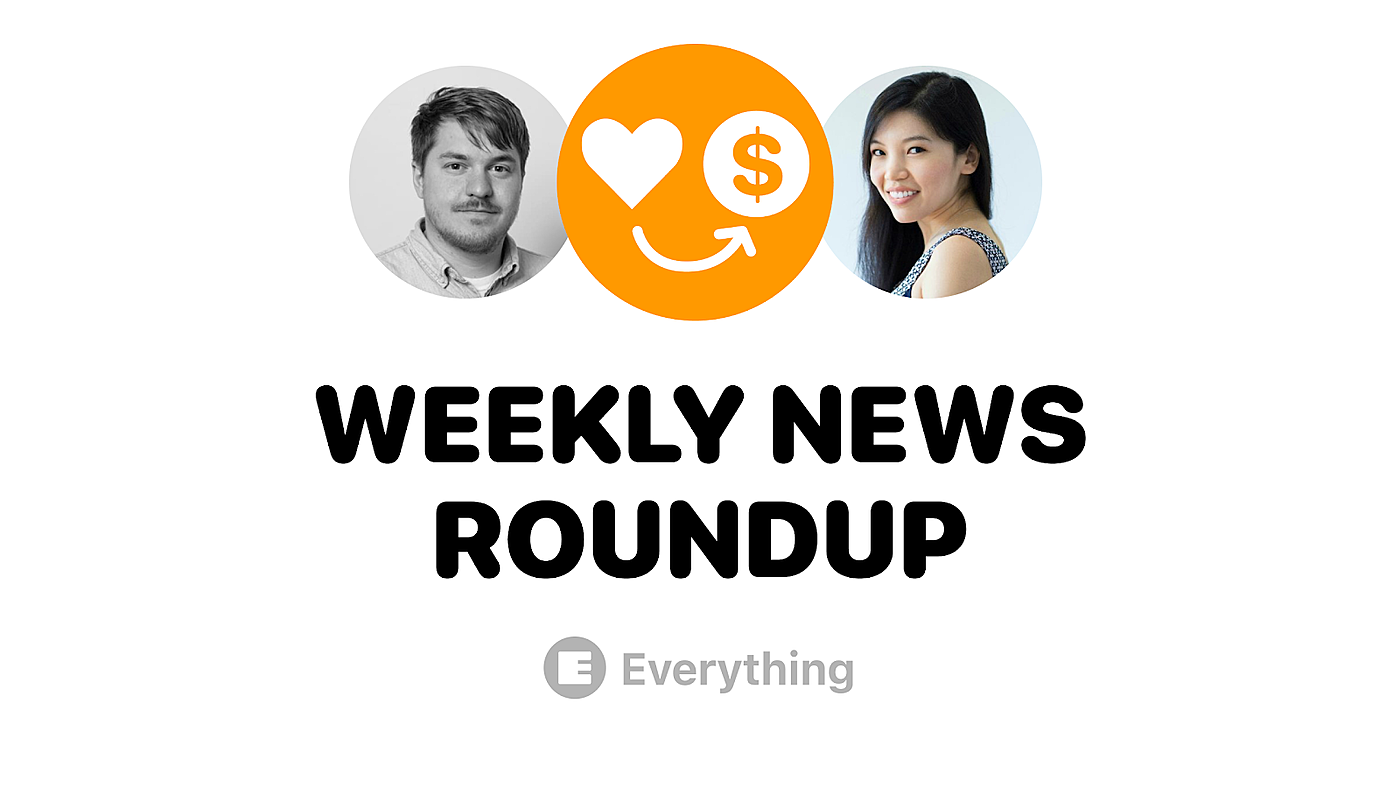
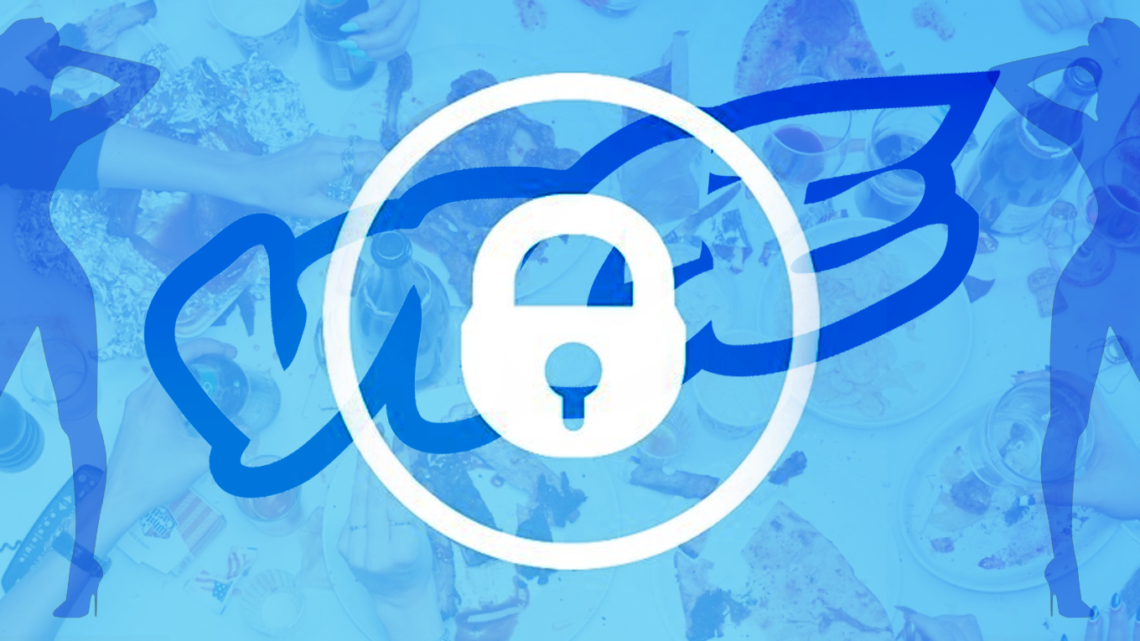

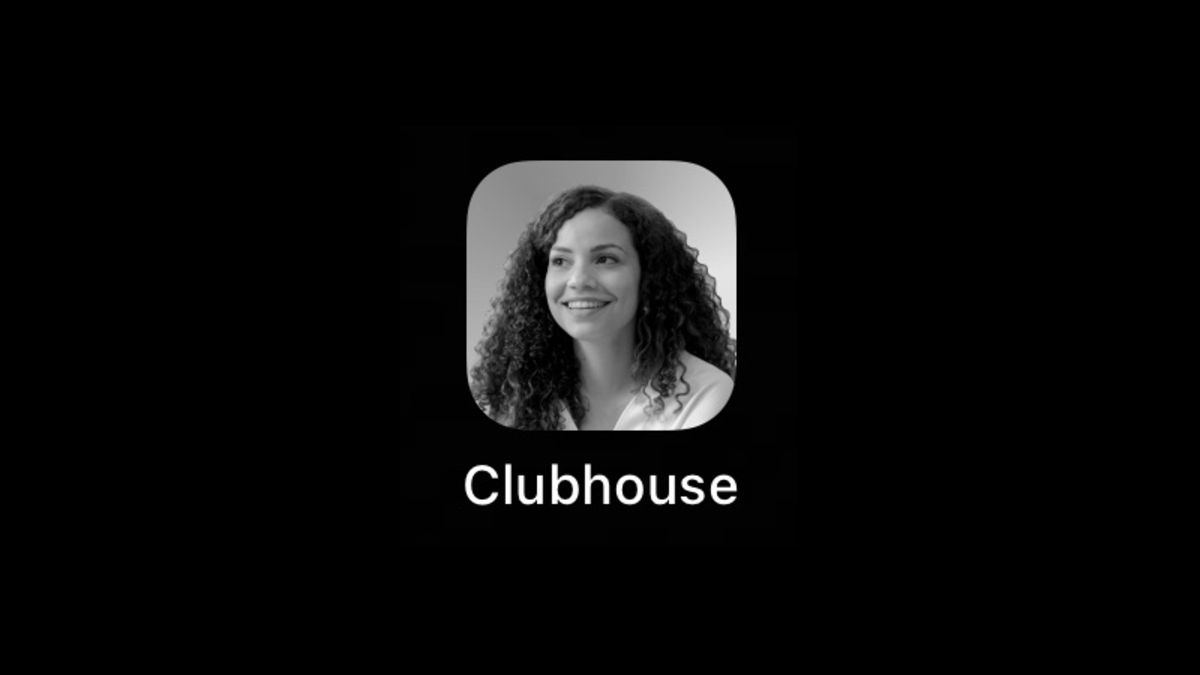

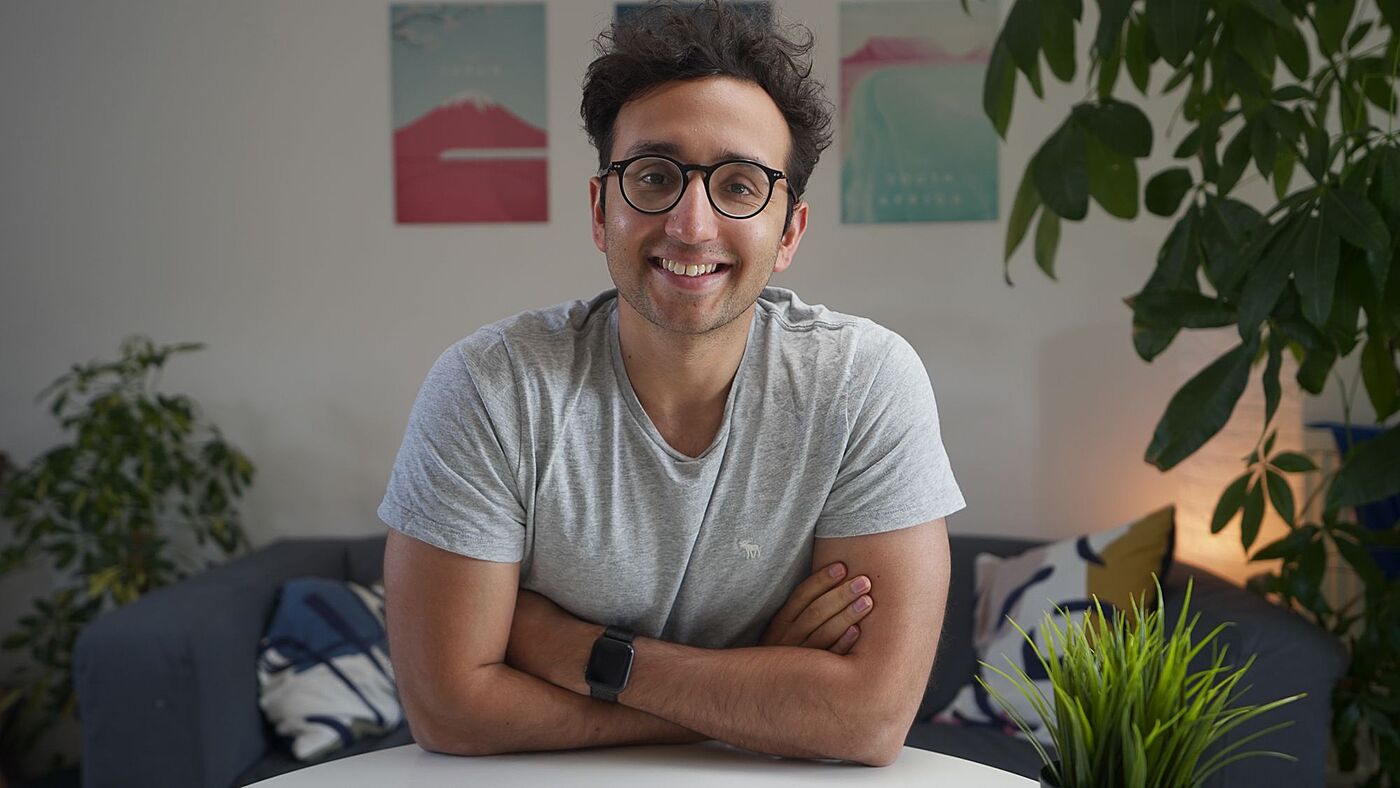
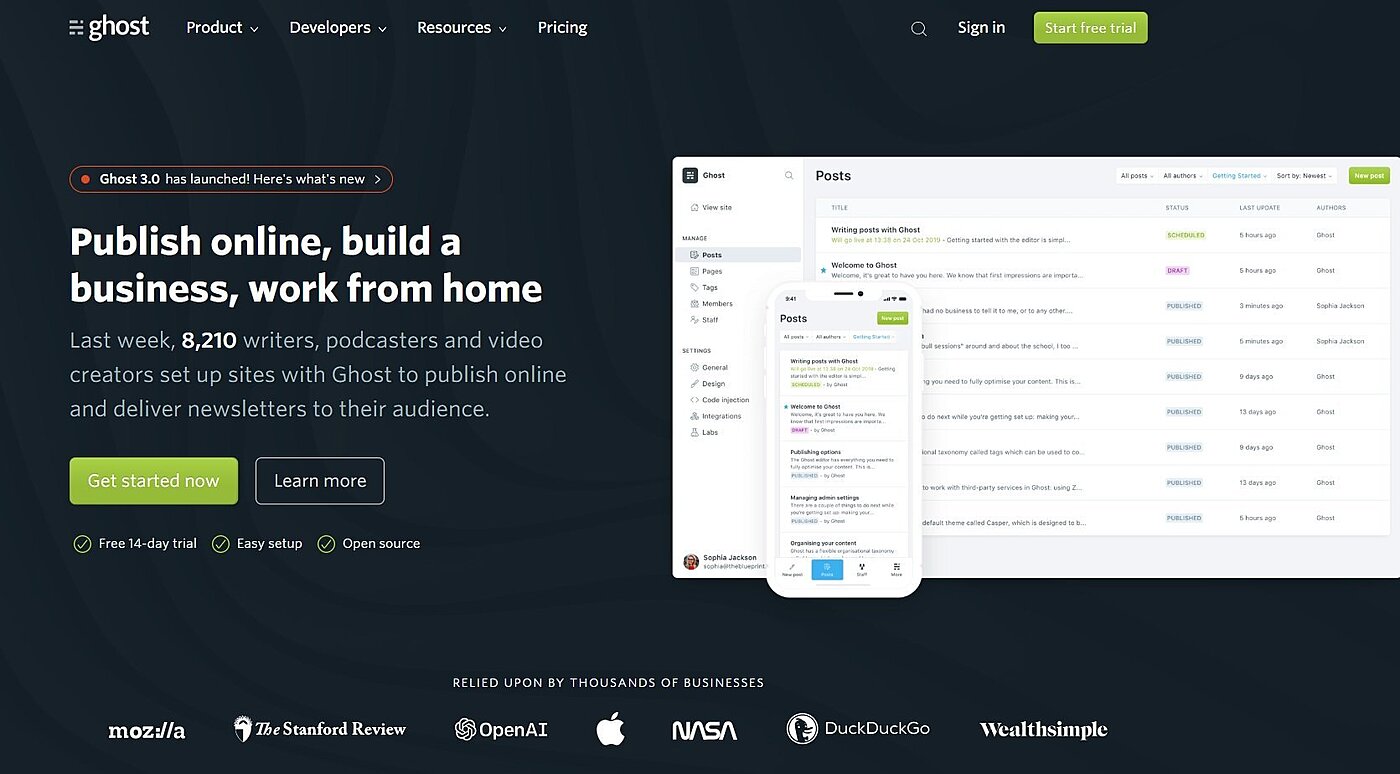

Comments
Don't have an account? Sign up!